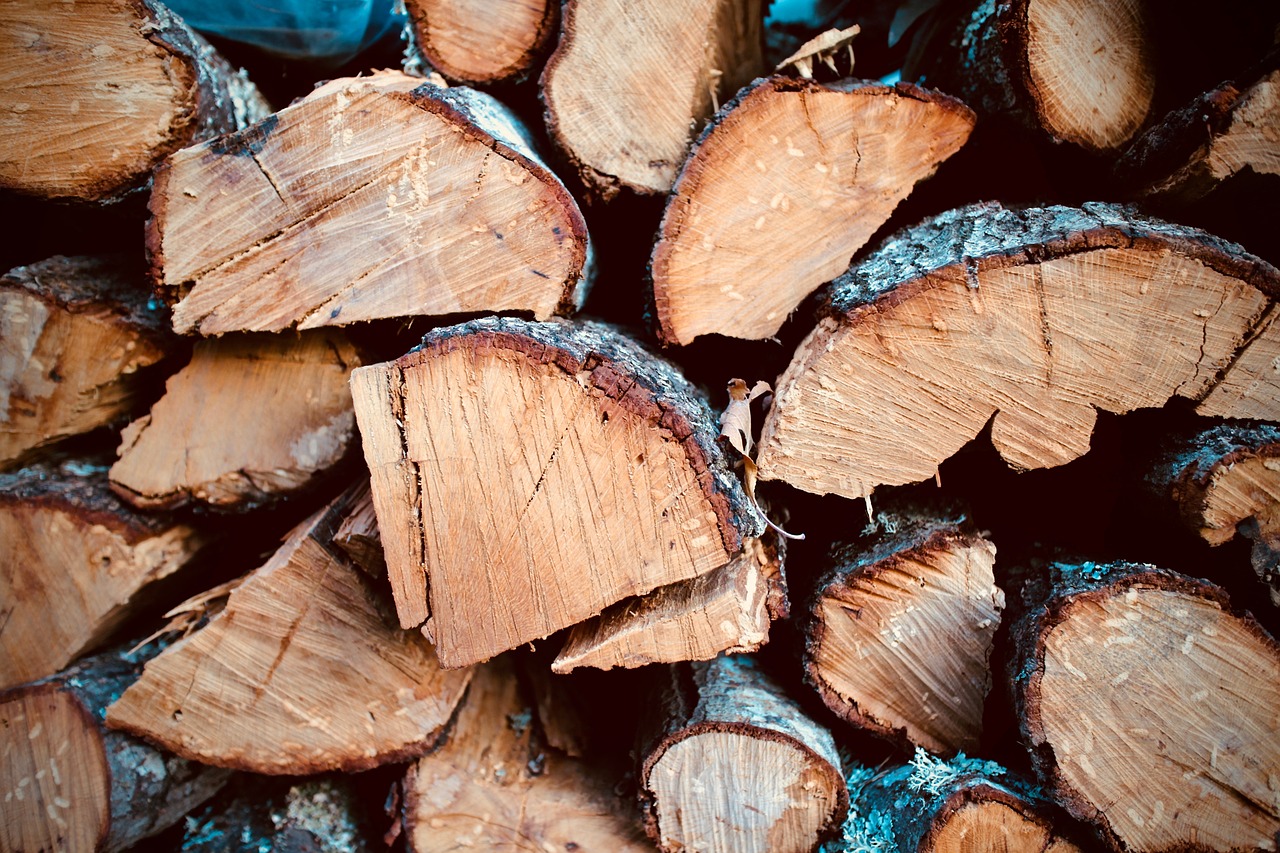When it comes to heating your home with a wood-burning stove or fireplace, the choice of firewood plays a crucial role in determining both efficiency and ambiance. Not all firewood is created equal, and understanding the characteristics of different types can significantly impact your heating experience. In this guide, we will delve into the world of firewood, exploring the best to worst options for efficient and effective heating.
The Basics of Firewood
Before delving into the specific types of firewood, it’s essential to understand the fundamental properties that make some wood better for burning than others. The two main factors to consider are density and moisture content.
Density: The density of firewood refers to how much mass is packed into a given volume. Denser woods generally burn longer and produce more heat. Hardwoods, derived from deciduous trees, tend to be denser than softwoods from evergreen trees.
Moisture Content: The moisture content of firewood is a critical factor affecting combustion. Green or unseasoned wood contains a high moisture content, making it harder to burn and producing more smoke. Well-seasoned or dry wood burns more efficiently, emitting more heat and less smoke.
Best Firewood for Heating
1. Oak
Oak is often considered the gold standard when it comes to firewood. It is a hardwood known for its high density, slow burn, and excellent heat output. Oak also produces long-lasting coals, making it an ideal choice for overnight burns. While oak may take longer to season, the results are well worth the wait for a clean and efficient burn.
2. Maple
Maple wood is another hardwood that ranks high on the list of quality firewood. It burns hot and produces a steady flame, making it an excellent choice for heating. Like oak, maple is slow to ignite but provides a long-lasting and consistent heat output.
3. Hickory
Hickory is a hardwood prized for its exceptional heat content and long burn time. It is commonly used for smoking meats due to its distinct flavor, but it also makes for an excellent firewood choice. Hickory can be challenging to split due to its hardness, but the effort pays off in a slow, steady, and high-temperature burn.
4. Ash
Ash wood, derived from the ash tree, is a hardwood that burns well and produces a steady flame. It is relatively easy to split and has a lower moisture content compared to many other hardwoods, contributing to efficient combustion. Ash is a popular choice for firewood, particularly for those who want a balance between burn time and ease of use.
Good Firewood Options
1. Birch
Birch is a hardwood that burns brightly and produces a good amount of heat. It is relatively easy to split and has a moderate burn time. While not as dense as oak or hickory, birch is a solid choice for those who want a combination of quick ignition and reasonable heat output.
2. Cherry
Cherry wood is a hardwood known for its pleasant aroma when burned. It produces a steady flame and a moderate amount of heat. While not as dense as some other hardwoods, cherry wood can still provide efficient heating, making it a popular choice for those who value a fragrant and visually appealing fire.
4. Beech
Beech is a hardwood with properties similar to oak. It has a high density, providing a long and steady burn. While beech may take some time to season properly, the result is a firewood that produces ample heat and a consistent flame.
Average Firewood Options
1. Pine
Pine is a softwood commonly available and often used for kindling due to its easy ignition. However, it is not the best choice for extended heating. Pine burns quickly and can produce more creosote, leading to increased chimney maintenance. It’s best used in conjunction with hardwoods to maintain a longer, more sustainable fire.
2. Fir
Fir wood is another softwood that burns relatively quickly. While it can provide a good amount of heat, it lacks the density and long burn time characteristic of hardwoods. Fir is suitable for use in combination with hardwoods for a more extended burn.
Worst Firewood Options
1. Poplar
Poplar is a softwood that ranks low on the list of desirable firewood. It has a low density, meaning it burns quickly and does not produce a substantial amount of heat. Poplar is often used as a filler wood but is not recommended as the primary source of heat.
2. Spruce
Spruce wood is another softwood that burns rapidly, with a lower heat output compared to hardwoods. It is not the best choice for extended heating, and like other softwoods, it is recommended to be used in conjunction with hardwoods to achieve a more efficient and sustained fire.
Proper Firewood Storage and Seasoning
Regardless of the type of firewood chosen, proper storage and seasoning are crucial for optimal burning performance.
Here are some tips for storing and seasoning firewood:
Seasoning: Seasoning is the process of allowing freshly cut wood to dry, reducing its moisture content for better combustion. Wood should be seasoned for at least six months to a year. It’s essential to store the wood in a well-ventilated area, off the ground, and protected from rain.
Storage: Wood should be stacked loosely to allow air circulation. A covered woodpile or a purpose-built firewood shed can protect the wood from the elements while still promoting proper drying. Keep the woodpile away from the house to minimize the risk of pests.
Conclusion
Choosing the right firewood is a critical aspect of ensuring efficient and effective heating during the colder months. While hardwoods like oak, maple, and hickory are renowned for their excellent burning characteristics, softer woods like pine and fir can still be used effectively when combined with hardwoods. Understanding the properties of different types of firewood and following proper seasoning and storage practices will contribute to a more enjoyable and efficient wood-burning experience.





